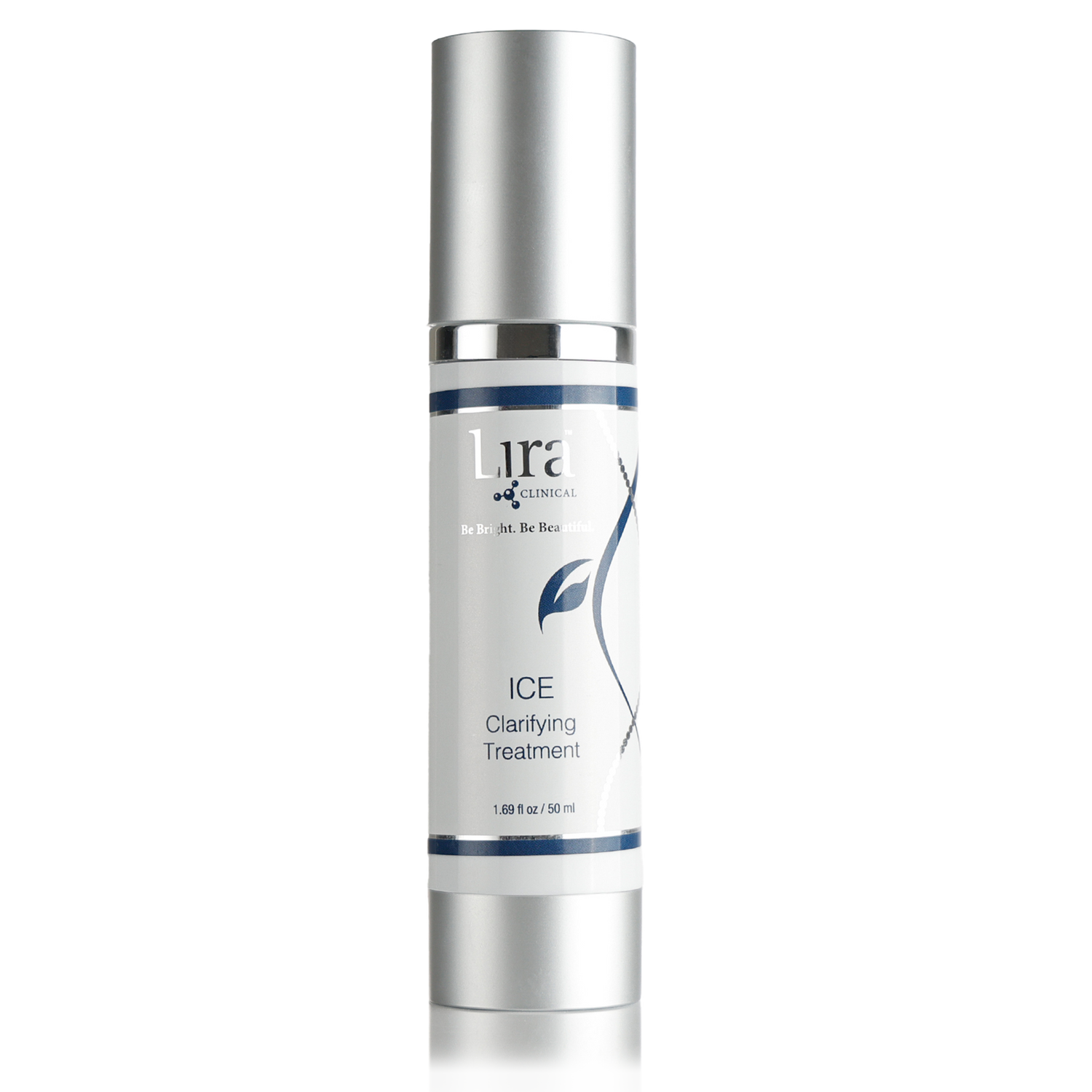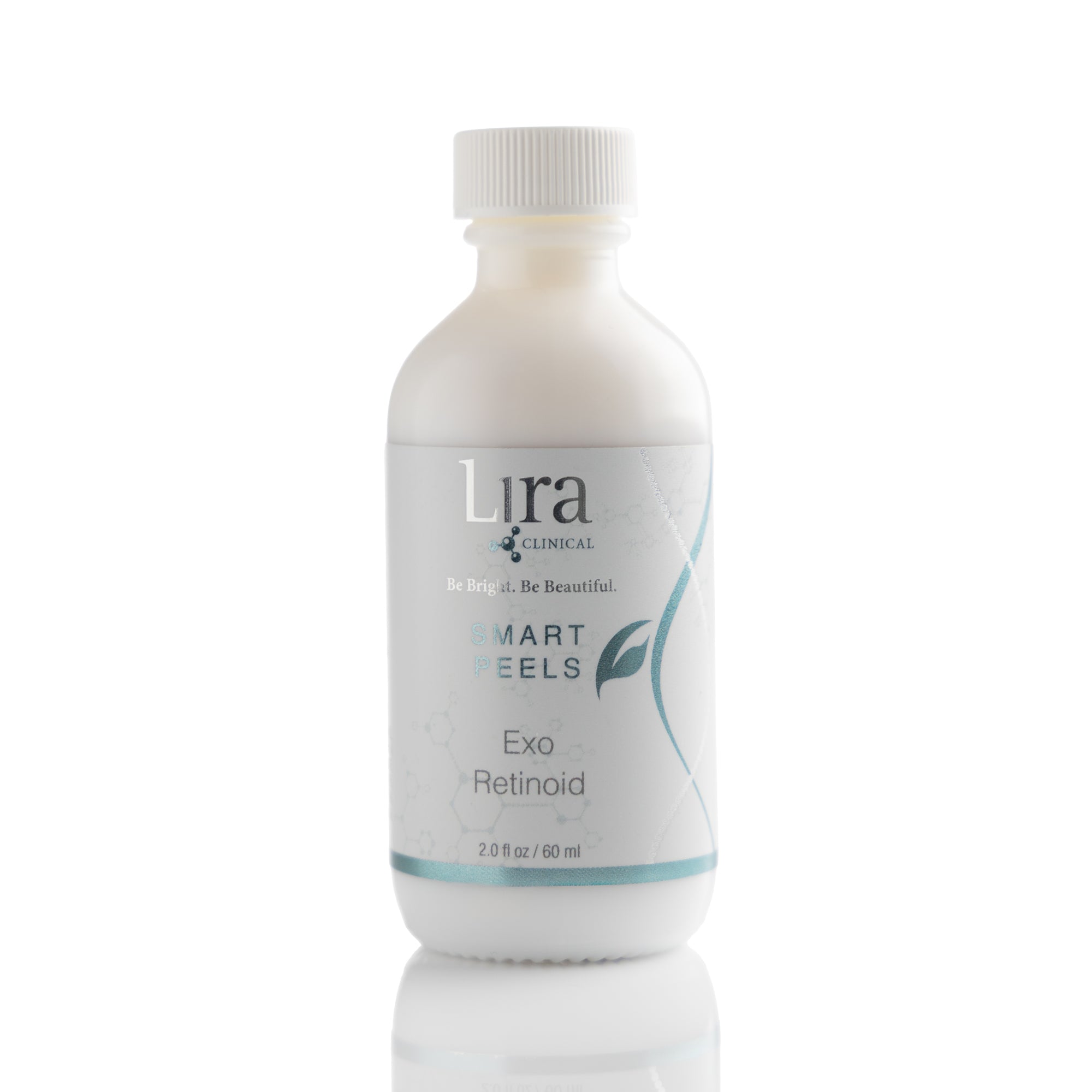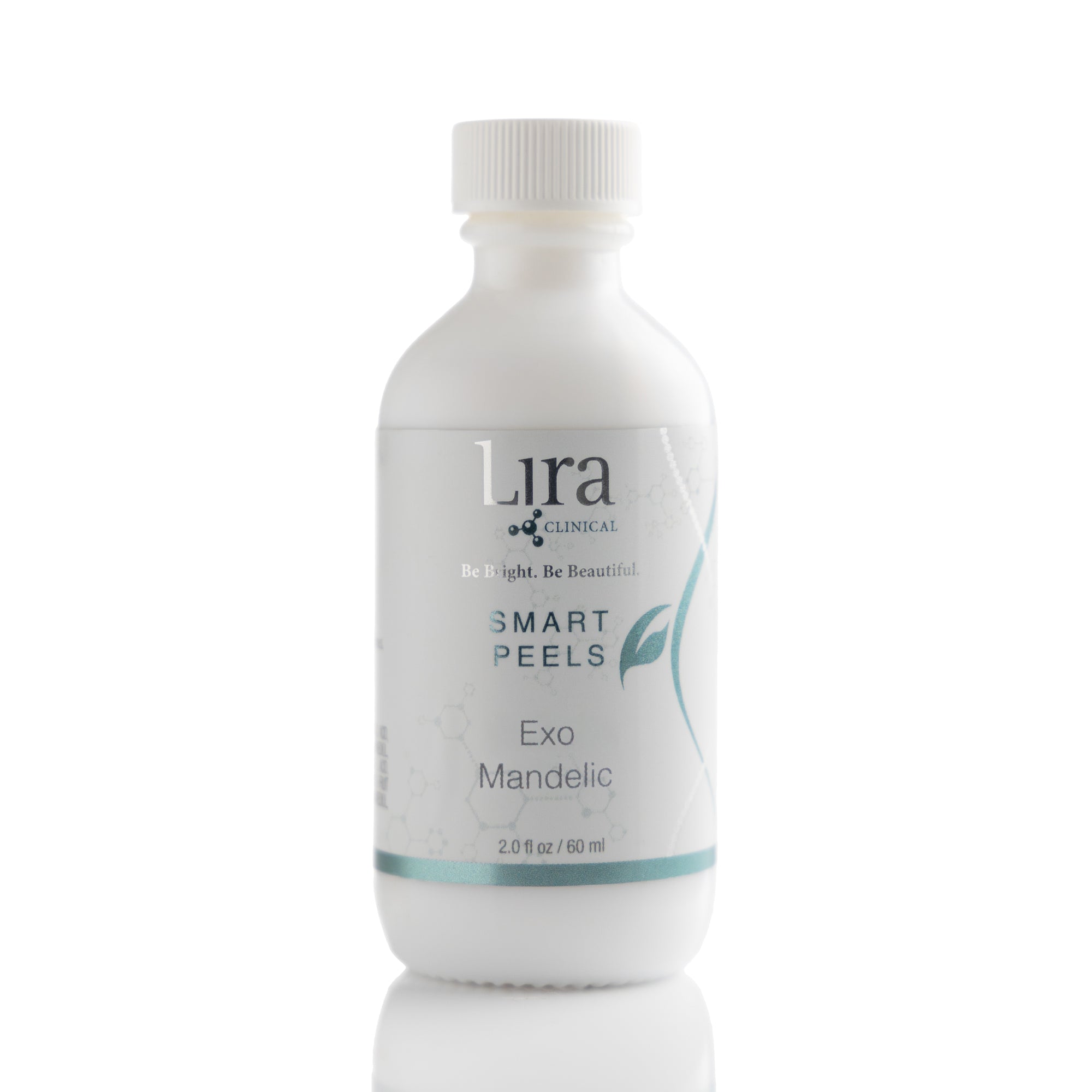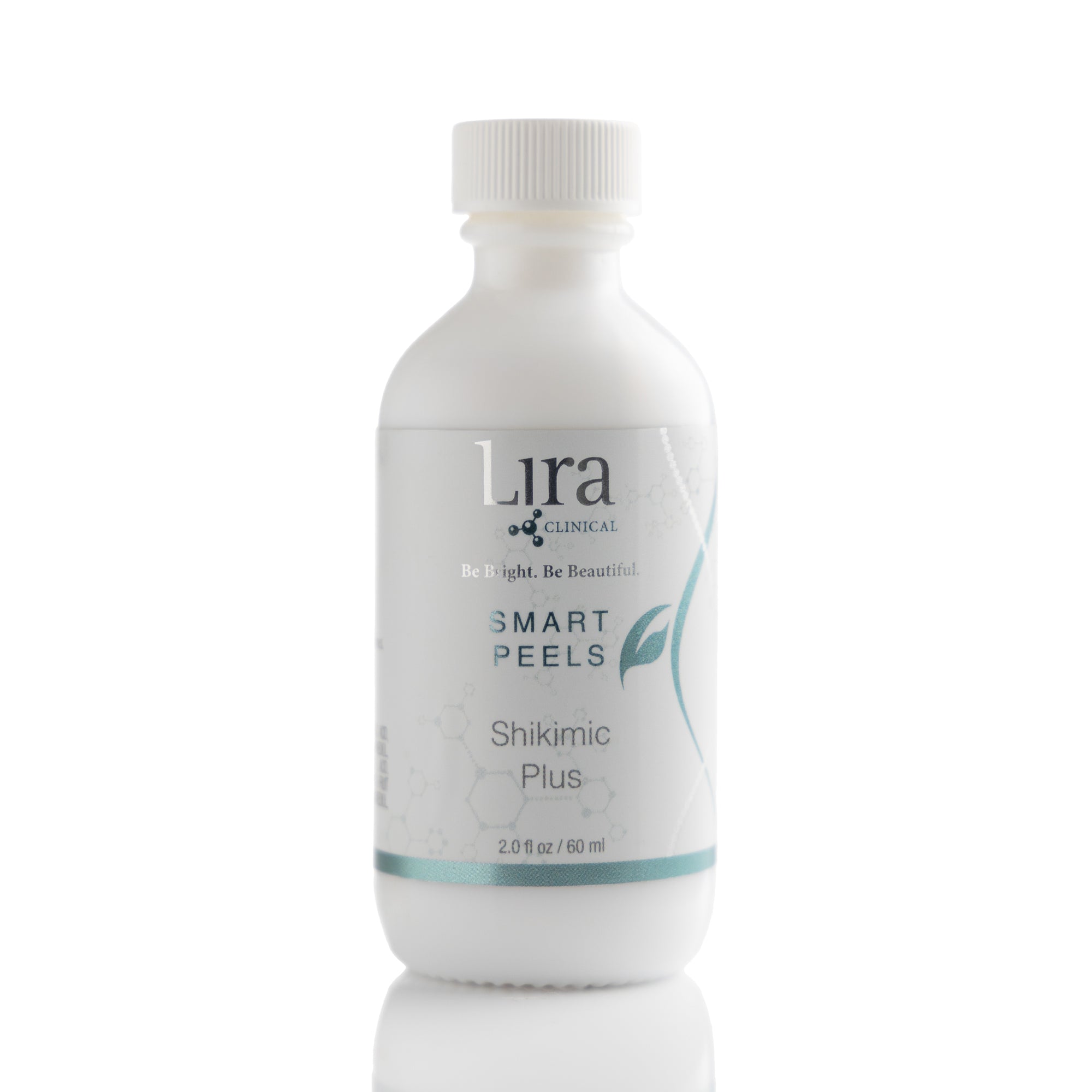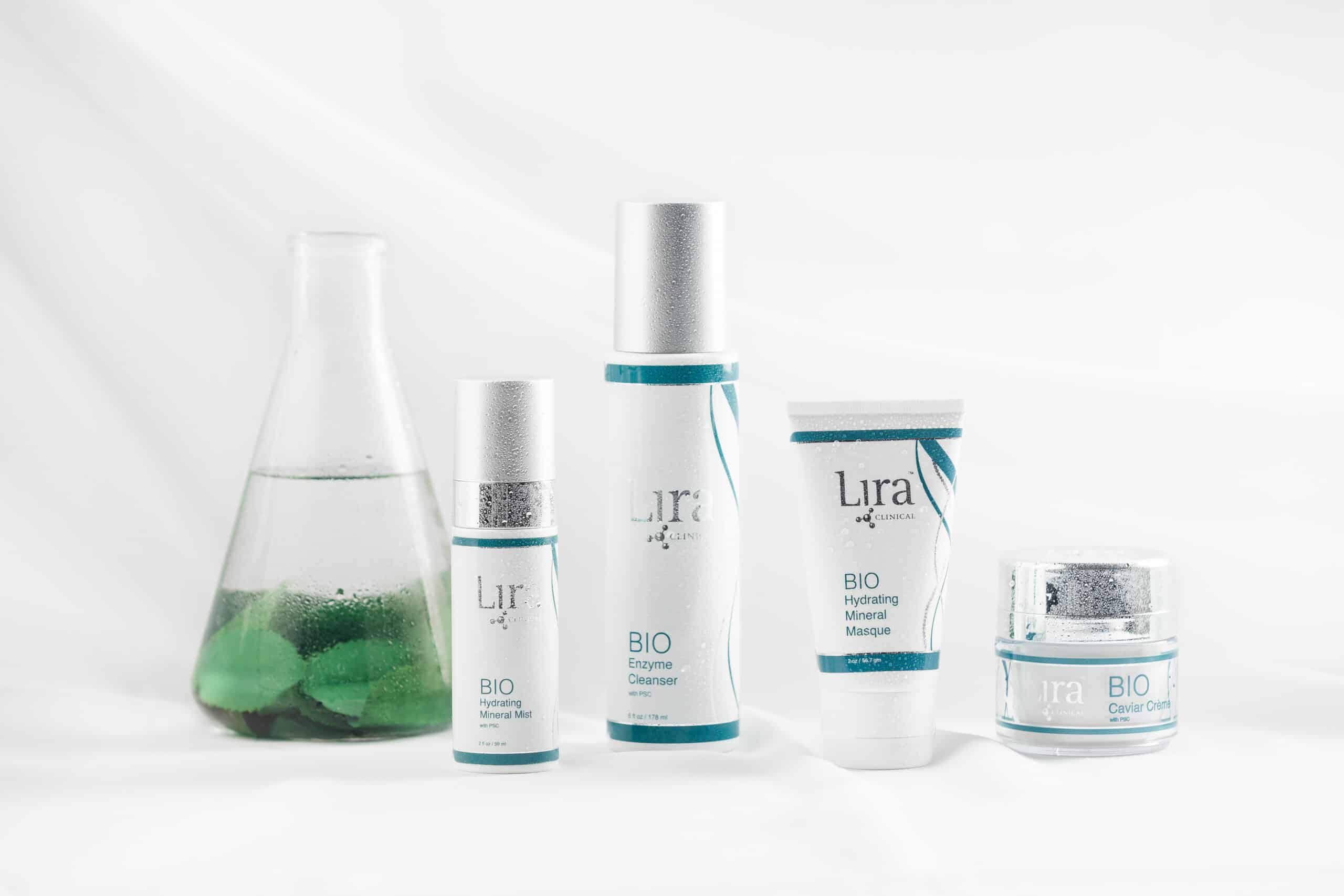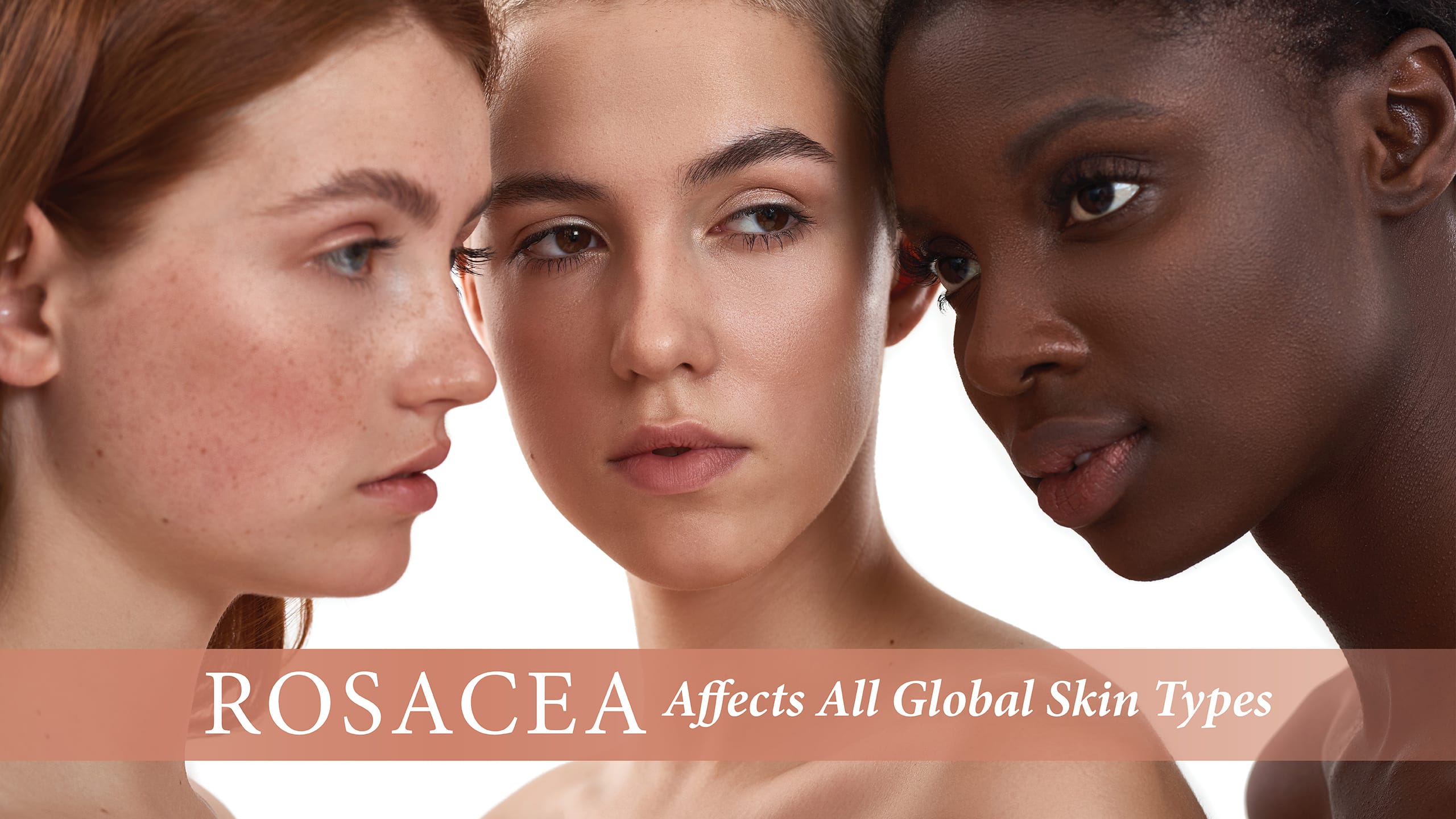
Rosacea Affects All Global Skin Types
Rosacea is a chronic inflammatory skin condition that primarily affects the face, causing redness, flushing, and visible blood vessels. While it can affect people of all skin types, it is more commonly seen in people with fair skin and light eyes, particularly those with Fitzpatrick skin type I-III. However, contrary to previous thinking, rosacea can also affect people with higher Fitzpatrick skin types, which includes individuals with darker skin tones.

Fitzpatrick skin types are a classification system based on how the skin responds to sun exposure. The system ranges from type I (very fair, always burns, never tans) to type VI (very dark, never burns). Individuals with higher Fitzpatrick skin types (IV-VI) have more melanin in their skin, which offers some protection against sun damage, but they are still at risk for developing rosacea.
One of the challenges for medical professionals in diagnosing rosacea in individuals with higher Fitzpatrick skin types has been that the classic signs of rosacea, such as facial redness and visible blood vessels, may not be as apparent. Instead, people with darker skin tones may experience persistent acne-like bumps and post-inflammatory hyperpigmentation, which can be mistaken for other conditions such as acne vulgaris or seborrheic dermatitis. As a result, rosacea may go undiagnosed and untreated for a longer period, leading to more severe symptoms and scarring.
There are also unique challenges in treating rosacea in individuals with higher Fitzpatrick skin types. Topical treatments such as metronidazole or azelaic acid, which are commonly used for rosacea, can cause post-inflammatory hyperpigmentation or color changes in darker skin. Additionally, treatments that involve laser or light therapy may carry a higher risk of post-inflammatory hyperpigmentation and scarring in individuals with darker skin.
It is important for skincare practitioners to be aware of these challenges and adjust their treatment approach accordingly. This may involve starting with lower concentrations of topical solutions and using them less frequently to minimize the risk of hyperpigmentation. In-clinic treatments may also need to be tailored to minimize the risk of scarring or hyperpigmentation.
Lira Clinical Hybrid Treatments – The perfect solution to counter the consequences of rosacea for all Fitzpatrick skin types
PRO Lite Serum or PRO Brite-Plus Serum – anti-inflammatory melanin management is essential for higher Fitzpatrick types with rosacea.
PRO Retinal-Plus Treatment– addresses the consequences of rosacea outbreaks while limiting inflammation.
MYSTIQ iLuminating Beauty Oil – provides essential hydration and moisture for balancing rosacea consequences.
Preventing rosacea flare-ups is also important for individuals with higher Fitzpatrick skin types. Sun protection is critical, as sun exposure can trigger rosacea symptoms. Lira Clinical BB Crèmes offer breathable sun protection which allows heat from rosacea symptoms to escape the skin while delivering anti-inflammatory benefits.
While rosacea is more commonly seen in individuals with fair skin, it can also affect people with higher Fitzpatrick skin types. Diagnosis and treatment of rosacea in these individuals can be challenging for medical professionals, but with appropriate care, symptoms can be effectively managed. Skincare professionals should be aware of the unique challenges of treating rosacea in individuals with higher Fitzpatrick skin types and adjust their treatment approach accordingly. Lira Clinical offers products and protocols for the unique needs of those with higher Fitzpatrick types and rosacea.
